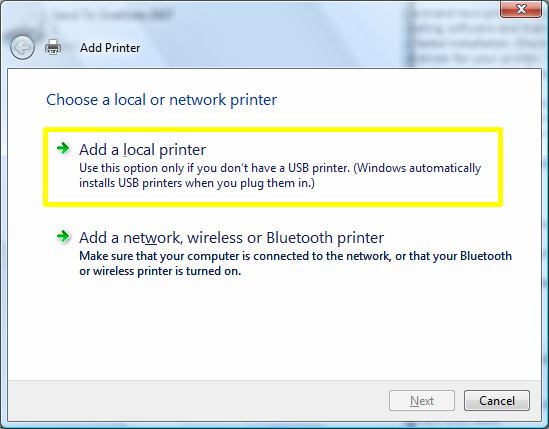
The plug slides in either side up, which is a big deal if you've ever tried jamming a USB key or cable in upside down. The smaller plug and socket is miles better than the previous Type A and Type B ones, and their much-hated micro and mini variations, because it's fully reversible. Now you've got a single port - and what's more, it's a new USB-C port, which means absolutely nothing you own will work with it without an adaptor or dongle.įormally known as USB 3.1 Type C, this new port combines faster data transfer speeds (up to 10Gbps) with a new shape. Please note that while this setting reduces the risk of corruption somewhat, it is not as effective as the steps outlined in Method 1 above.If there's one thing about Apple's new 12-inch MacBook that seems to drive people crazy, it's that the slim, 2-pound laptop has only a single shared port to handle data, power, video output and accessories.įorget Apple's current scheme of packing in USB, Thunderbolt/mini-DisplayPort, HDMI and even an SD card slot on laptops such as the 13-inch MacBook Pro.
#How to use a single usb for both mac and windows windows 7
Windows 7 (and later) will often implement this setting by default on devices that it detects as portable, but it is wise to confirm that this setting is enabled. Method 2: (Windows Only) Enable the “Quick removal” setting for your storage device inside your operating system.

Linux: Unmount the device by ejecting it through your graphical environment, or by using the umount command.Under the Devices category on the left, click the eject icon next to the corresponding device.


As such, the same same storage removal precautions and “best practices” must be followed to minimize the risk of data loss or corruption.Ī bit of additional background may help to clarify this recommendation further. When the button on the switch is pressed, the net effect is essentially the same as if you were to unplug the storage device from one system, and then plug it into the other.


 0 kommentar(er)
0 kommentar(er)
